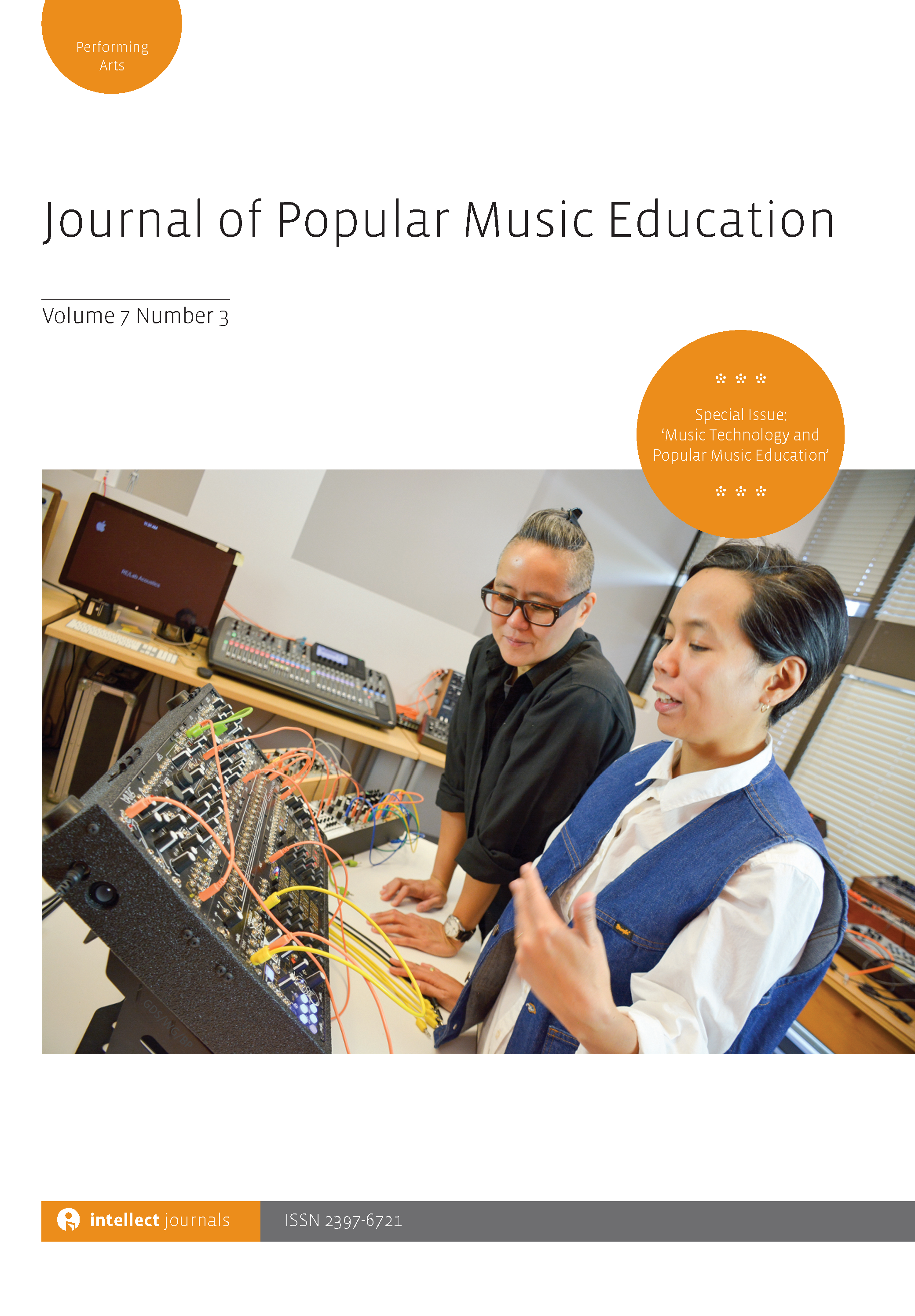
Full text loading...

 , Russell Brodie1
, Russell Brodie1
This qualitative study explored the need to modernize music programmes in higher education with popular music to prepare graduates for twenty-first-century employment. Researchers agreed that popular music studies will allow students to gain valuable knowledge and use their degree in complex systems in various music professions. This study utilized Tyler’s Basic Principles of Curriculum and Instruction Rationale Model to discover what students need to be successful in a music career, with consideration of modern-day influences and popular music. Ten interviews were conducted with professionals in various music careers to raise awareness of music employment and the need for change in higher education to support life post-graduation. The findings showed a consensus that popular music should be added to the music curriculum. Future research recommendations include surveying students regarding their musical interests and influences, implementing popular music within the traditional curriculum and application-based learning.

Article metrics loading...

Full text loading...
References


Data & Media loading...
Publication Date:
https://doi.org/10.1386/jpme_00131_1 Published content will be available immediately after check-out or when it is released in case of a pre-order. Please make sure to be logged in to see all available purchase options.